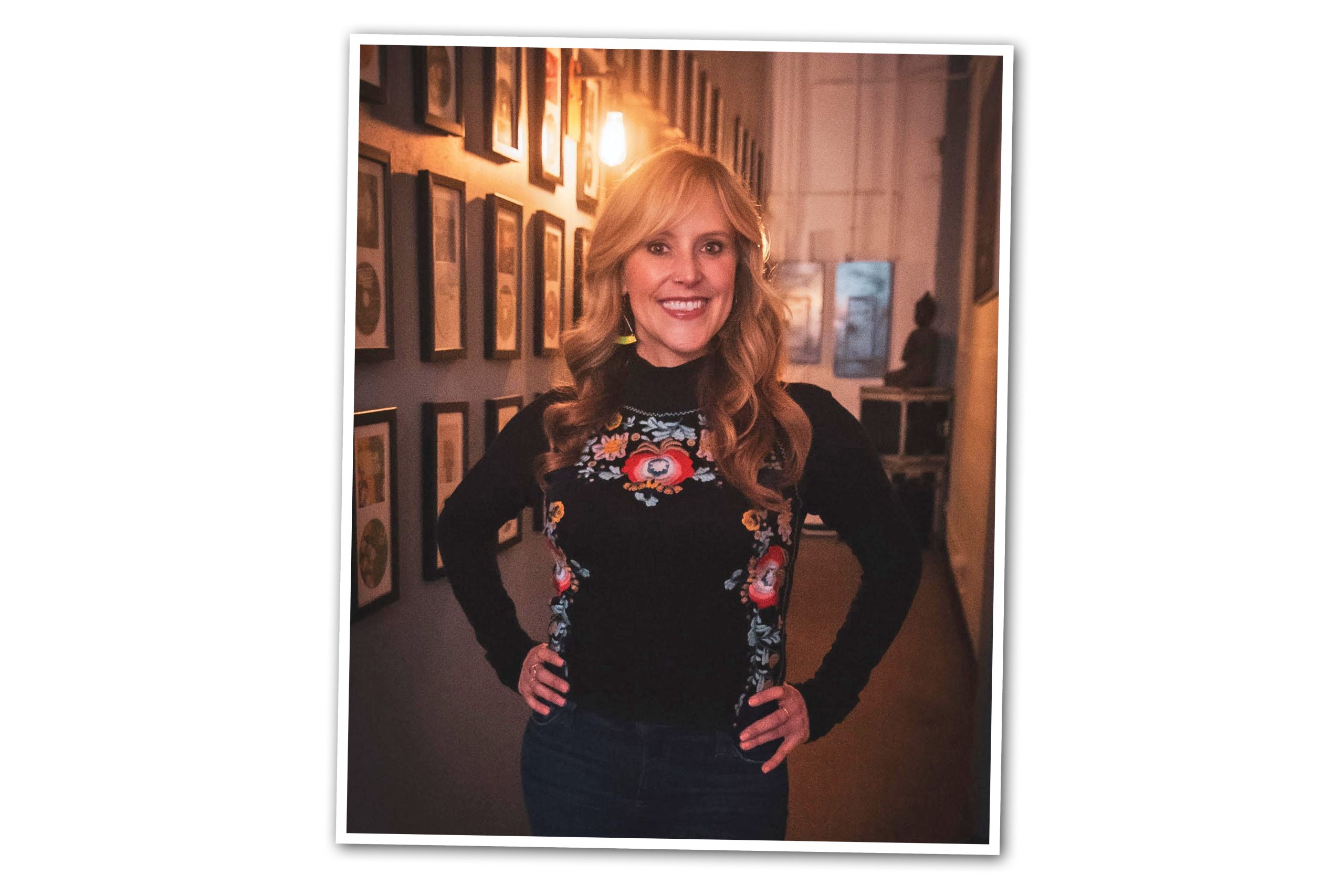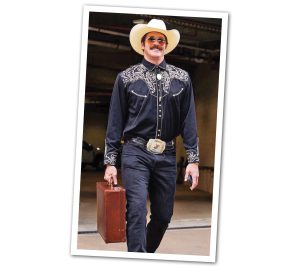Jaime Kennington has witnessed first hand the amazing impact music can have. As a licensed musical therapist, she’s worked with chronically ill children to provide a safe space for self expression. She’s also the co-founder of the Song Society, a nonprofit that offers therapeutic songwriting experiences to support and empower the voices of children and families affected by life-altering medical conditions.
How did you get involved with music therapy? In 2008, I went to my first
El Monstero show and loved it. That got me involved in another music project, and from there, I dove into in the local music scene. In one of the bands I played with, a member was a licensed musical therapist. I did a big career switch and got my masters in music therapy. Now, we’ve come full circle, and El Monstero is working with the Song Society.
Why therapeutic songwriting?
It has been proven to create a safe space for self expression through the use of music. Therapeutic songwriting decreases pain perception, anxiety and isolation. It also can increase independence and feelings of empowerment, enhances the sense of community and belonging, and maintains an ongoing clinical research model.
Where did the idea for the Song Society come from?
Collectively, my co-founder Tracie Sandheinrich and I have 20 years of experience. Through her time working in hospitals, Tracie saw that there was a significant gap in services. The program was focused on children diagnosed with cancers and blood disorders. It’s tough going into the hospital and working on a floor. You may have a session with this kid, and the one next door sees it and listens to it, but they don’t qualify. We also were limited to pediatrics. A lot of these patients have to deal with the late effects of chemotherapy, radiation or surgery in their 20s. We wanted to reach as many kids and young adults in need of these services as possible.
Do you work with kids who have a musical background?
We do find kids who have incredible musical experience. We’ve had some who wrote their own music or played an instrument on their song. That being said, the wonderful thing about music therapy is that you don’t have to have a musical background. In the ‘90s, we thought the effect of music was localized on one side of the brain, but now we know that it crosses the corpus callosum, so when you listen to a song or connect with lyrics, it affects everything. We let the kids take the wheel and tell us how they want the song to sound. We’ve done gospel, pop, singer-songwriter, hip hop, country—it’s whatever they want. It’s our job to make sure their voice is heard and their story is told.








